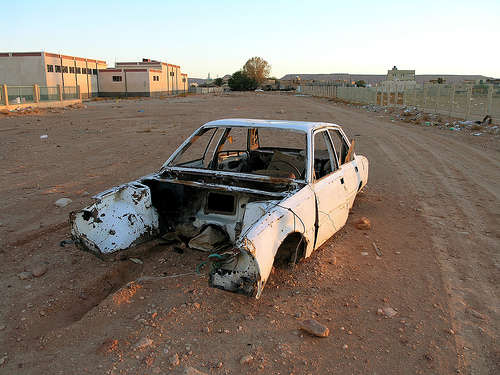Slums Environment
I aim to produce a realistic slums environment level set in Kenya
on a PS3 platform.

Personal Aim – To
become an environment artist and demonstrate my capability of designing weapons.
Objective –
Design and create a successful playable FPS level and further my technical knowledge
within the game engine (UDK).
Genre – FPS,
SHMUP.
Audience – 15+
Software – I will
use 3ds Max and UDK as the game engine.
Technical
Specifications for:
·
Lead Character
Poly Budget – 7000 Tri’s demonstrating clean and solid
topology.
Textures – 1xDiffuse, 1xNormal and 1xspecularity map with a
budget of 1024x1024
Style – Mercenary with armour
·
An NPC
Poly Budget – 4000 Tri’s
Textures – 1xDiffuse, 1xNormal and 1xspecularity map with a
budget of 1024x1024
Style – Kenyan rebel
·
A Vehicle
Poly Budget – 3000 Tri’s
Textures – 1xDiffuse, 1xNormal and 1xspecularity map with a
budget of 1024x1024
One abandoned vehicle used for parts and on bricks

·
The
Environment
Poly Budget – 20,000 Tri’s
Textures – 10xDiffuse, 10xNormal and 10xspecularity map with
a budget of 1024x1024 on each
I will use a mixture of unique texturing and tillable texturing
for the slums as well as reference images.
·
Weapons
Poly Budget – 2,500 Tri’s per weapon (14 weapons)
Textures – 1xDiffuse, 1xNormal and 1xspecularity map with a
budget of 1024x1024
Realistic weapons will be hidden in one shack ready for the lead character to collect for example this Scar-L assault rifle.



















